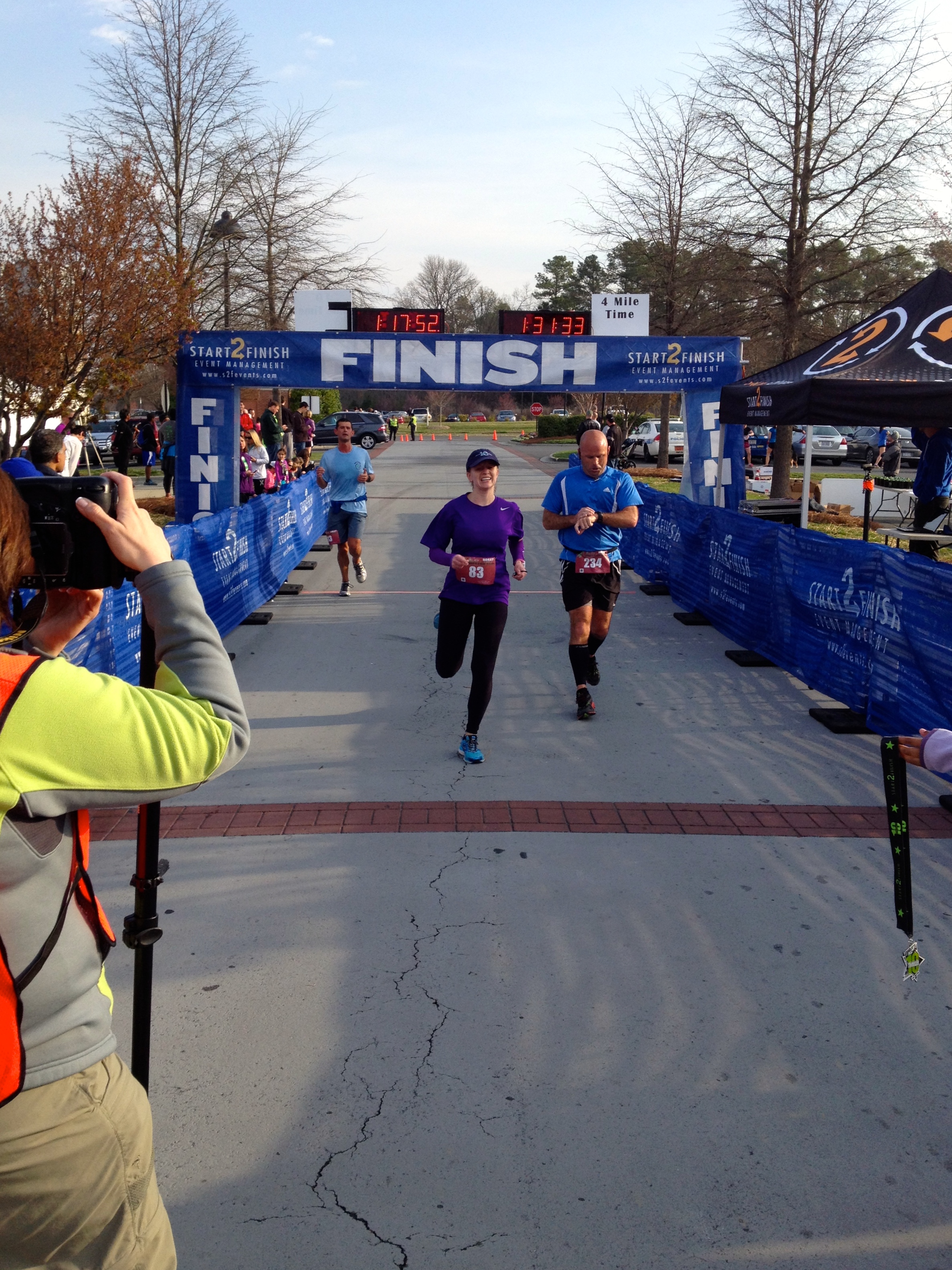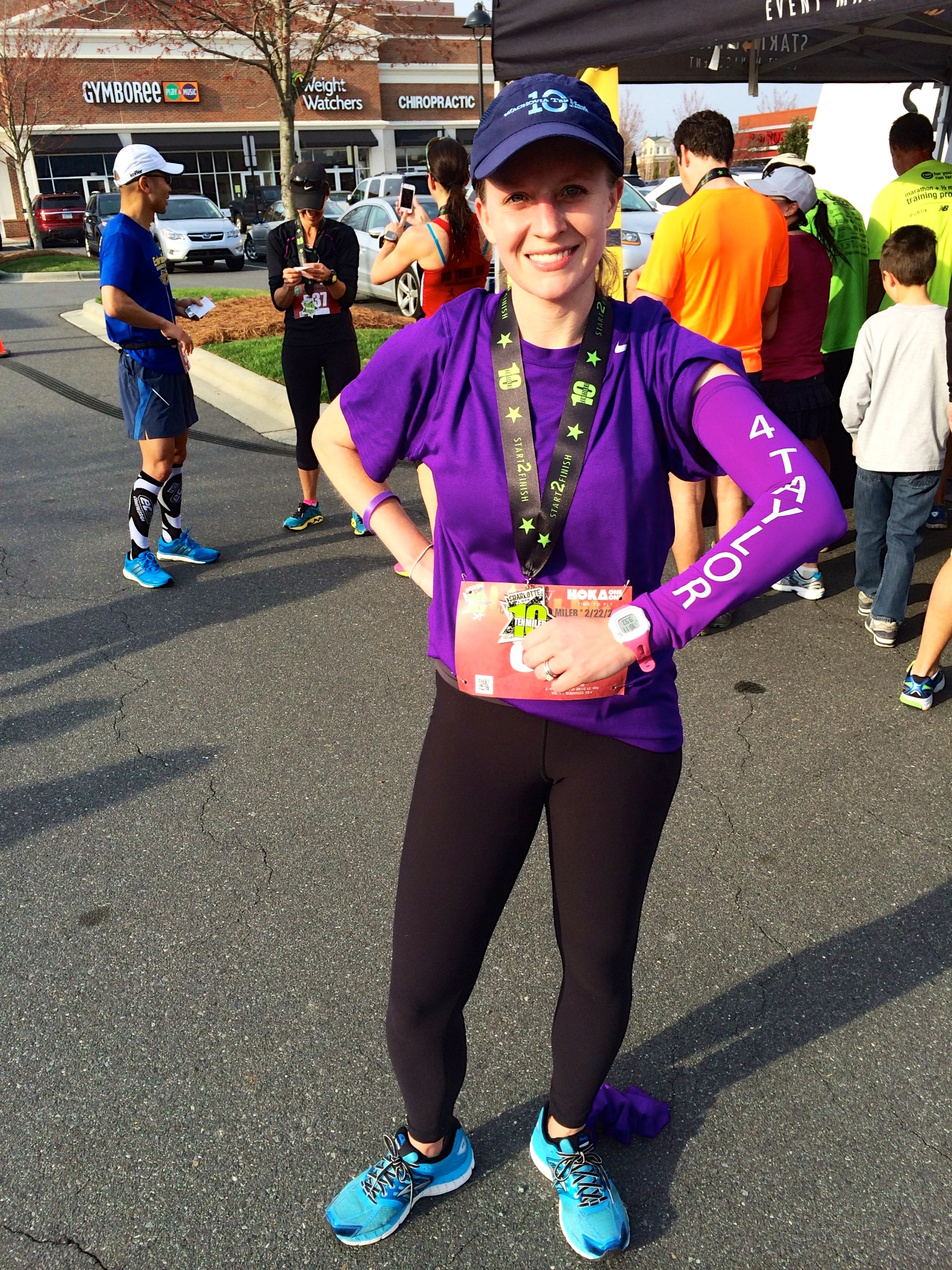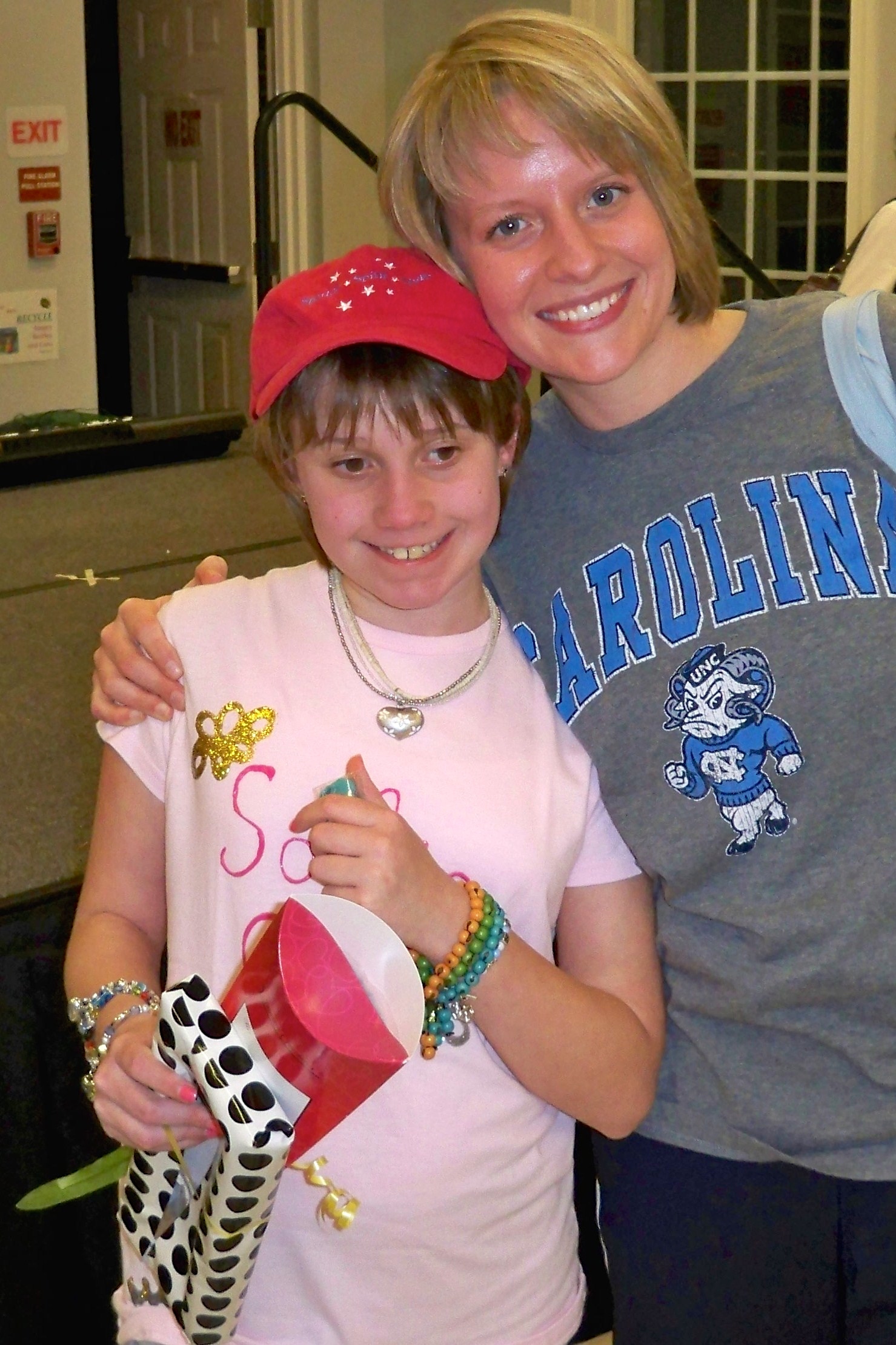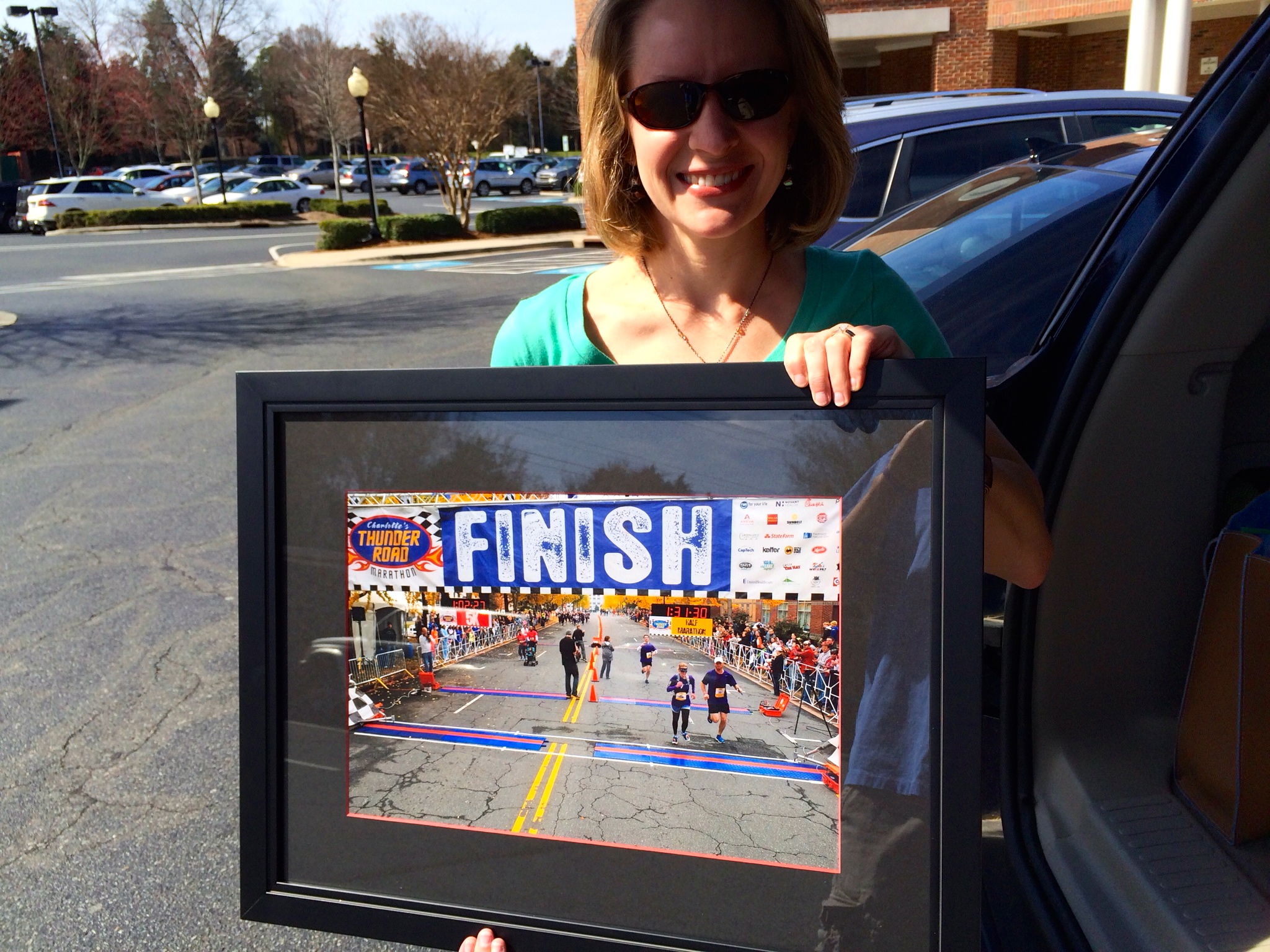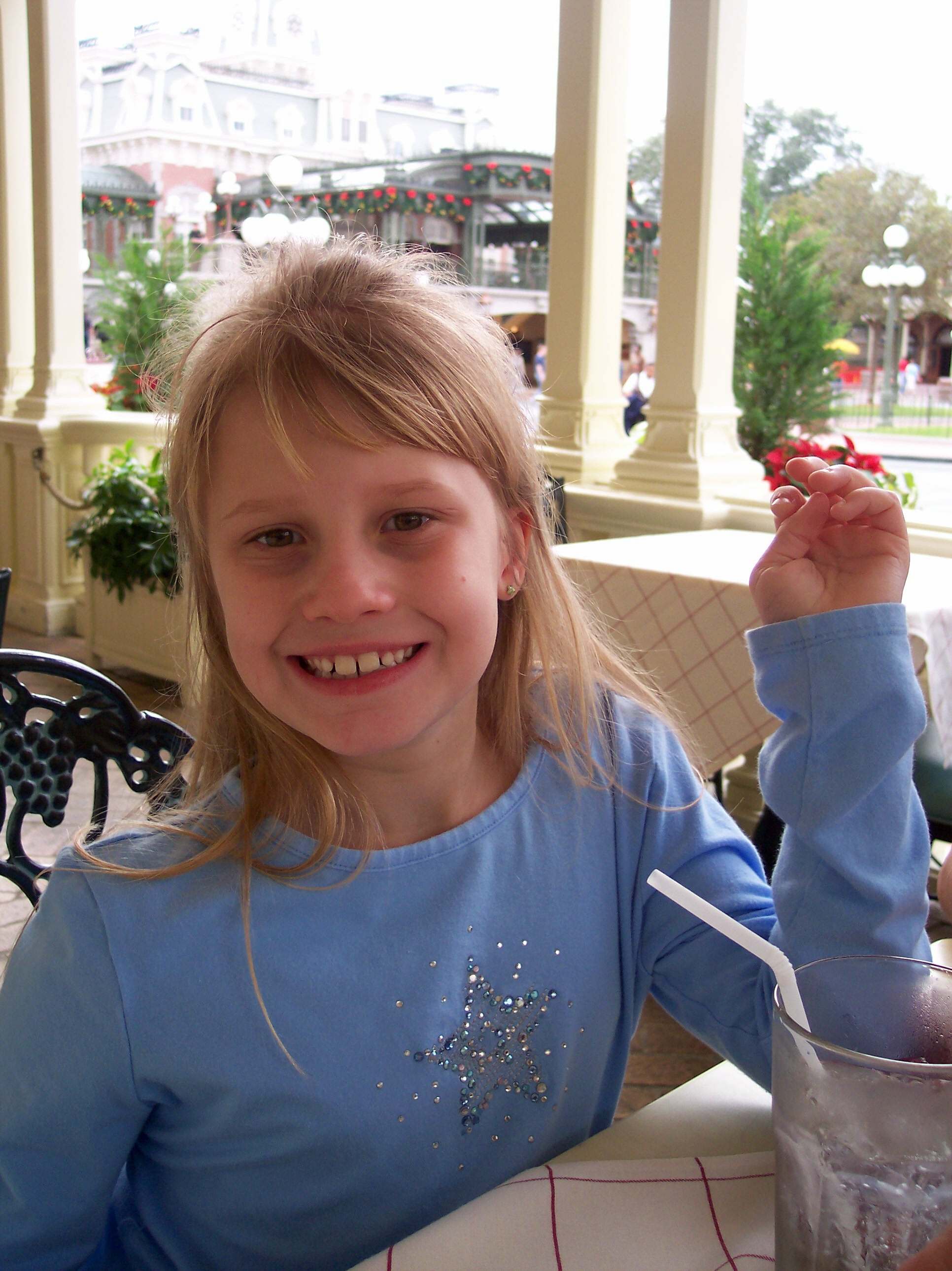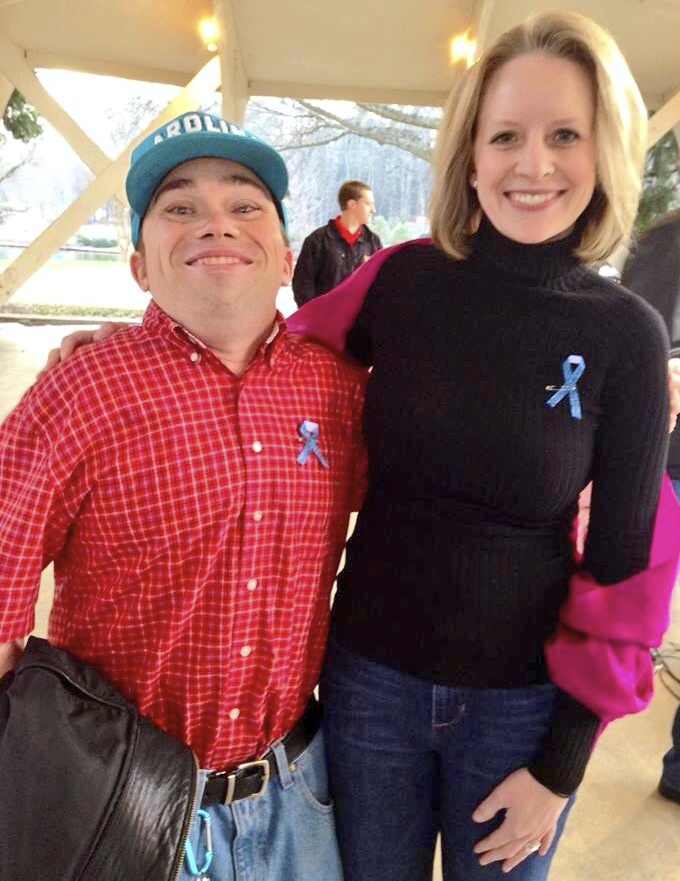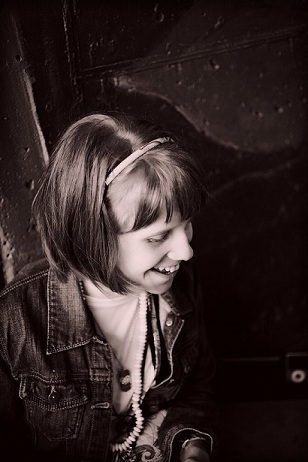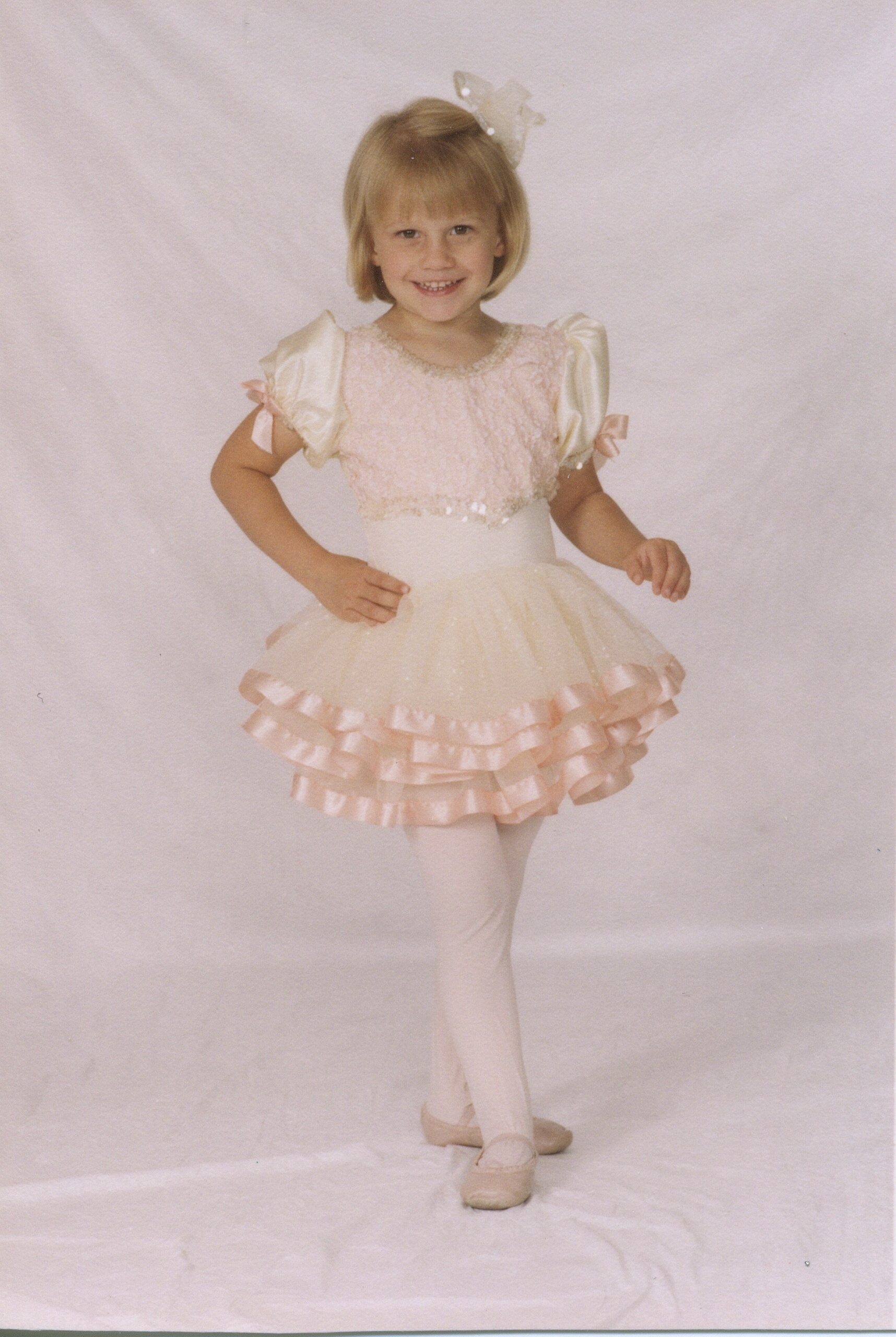 Before Batten disease stole her vision, Taylor ruled the stage. My little sister, a princess to the core, wore sparkly pink tutus and tights morning, noon and night.
Before Batten disease stole her vision, Taylor ruled the stage. My little sister, a princess to the core, wore sparkly pink tutus and tights morning, noon and night.
As the years went on, the monster in her genes robbed her of basic gifts, like motor coordination, speech and sight. But at the start of her fifth grade year, Taylor traded her ballet flats for running shoes and joined her school’s Girls on the Run team. Though blind, she ran two 5K races with the help of a sighted guide that year.
That’s why I ran Charlotte’s Thunder Road Half Marathon blindfolded in November 2013. And that’s why, a few weeks later, I ran the Huntersville Half Marathon in a purple tutu. I may have looked ridiculous, but let’s be honest – few people look great when they run. Considering that it rained for the majority of the race, and the tutu didn’t possess moisture-wicking properties, I may have given up a few minutes on my time. But despite the sopping wet tutu, I beat my previous PR by 10 minutes and most of the people in my age group, too. I may have looked like a drowned ostrich, but ostriches are pretty fast.
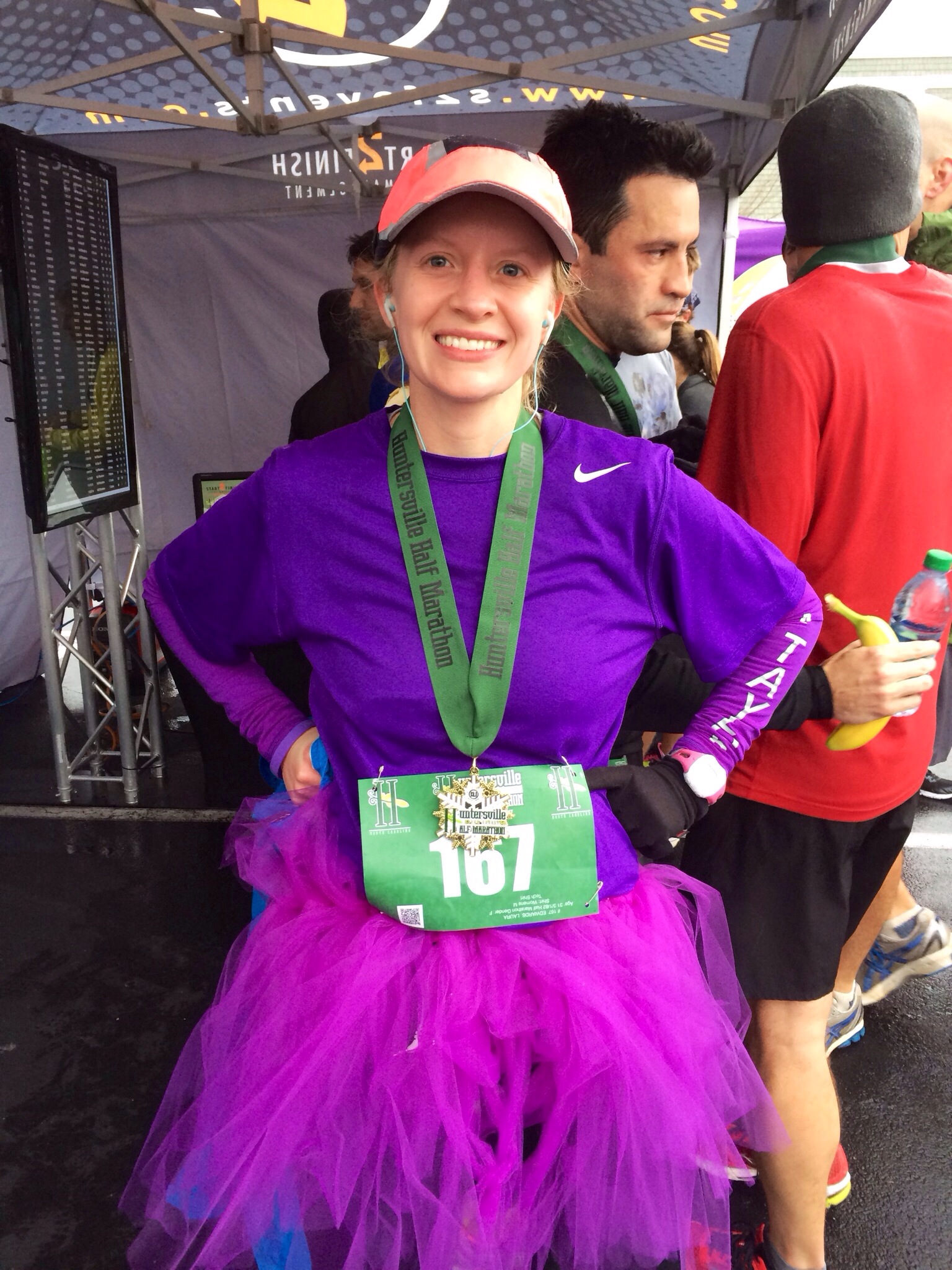 The folks at SELF Magazine made headlines today, and not the good kind. A San Diego runner fighting brain cancer was used and abused by the magazine, essentially tricked into providing a photo of herself racing in a tutu for a column that made fun of the fitness fashion trend. The runner, Monika Allen, made the tutu herself; her company, Glam Runner, makes tutus and donates the proceeds to Girls on the Run, the organization that helped give my sister some of the happiest damn memories of her life.
The folks at SELF Magazine made headlines today, and not the good kind. A San Diego runner fighting brain cancer was used and abused by the magazine, essentially tricked into providing a photo of herself racing in a tutu for a column that made fun of the fitness fashion trend. The runner, Monika Allen, made the tutu herself; her company, Glam Runner, makes tutus and donates the proceeds to Girls on the Run, the organization that helped give my sister some of the happiest damn memories of her life.
It was a low blow, and the “apology” was pathetic. Tutus aren’t really my speed. I ran a half marathon in an exceptionally loud tutu not for myself, but for my little sister. She’s a princess at heart who used to run 5K races but can’t anymore, because she has a crappy brain disease that made her go blind, stole her ability to run and a whole bunch of other things and will eventually kill her.
Note to SELF: you never know what battle someone else is facing. So don’t judge.

